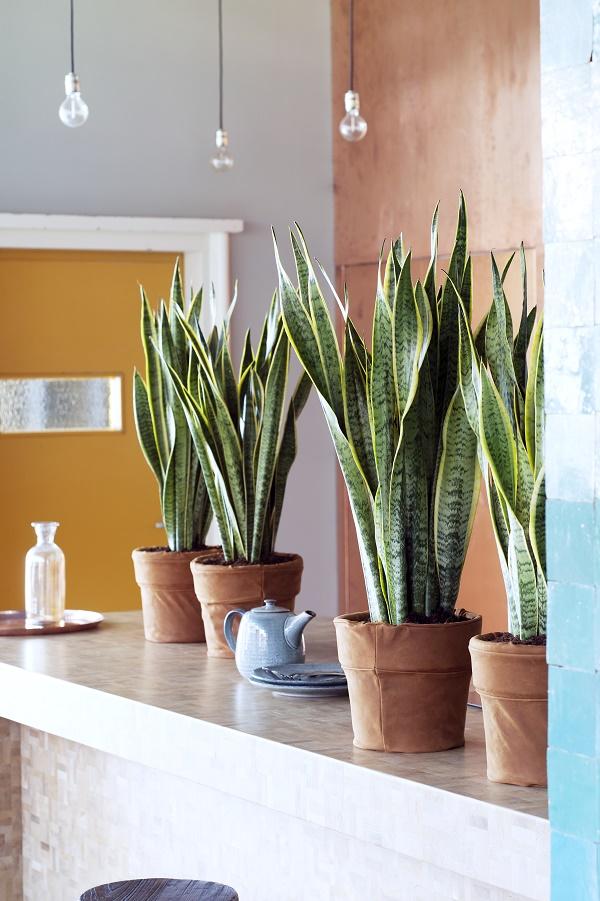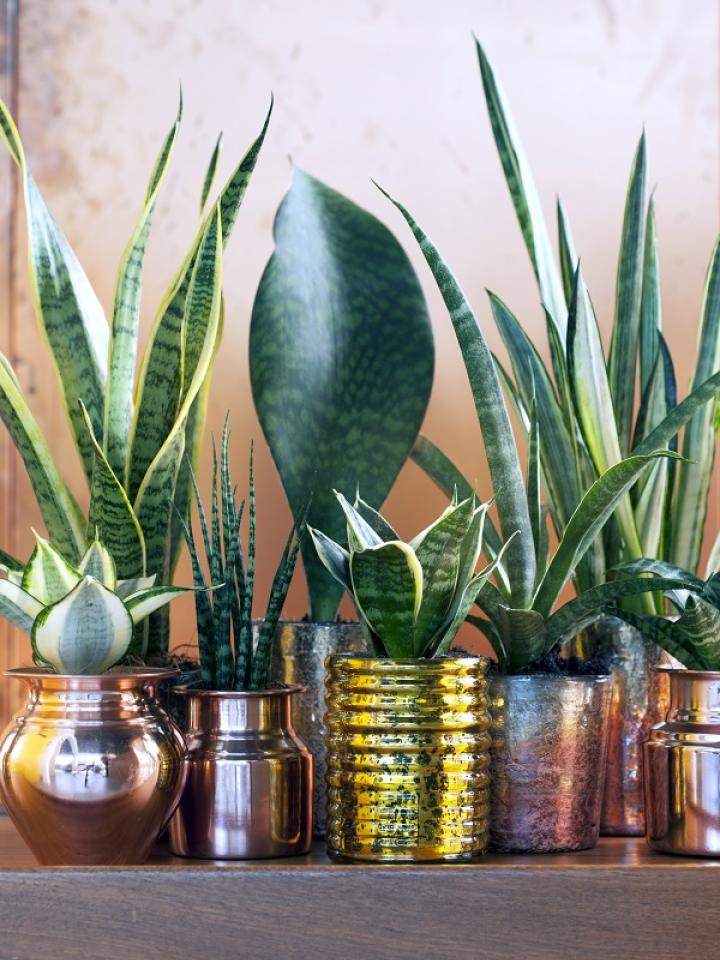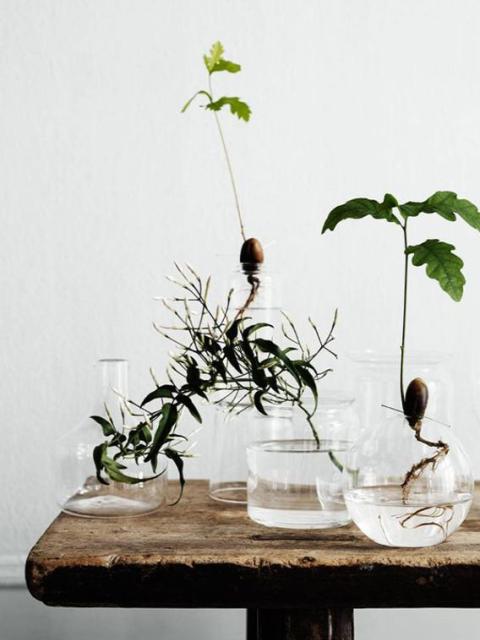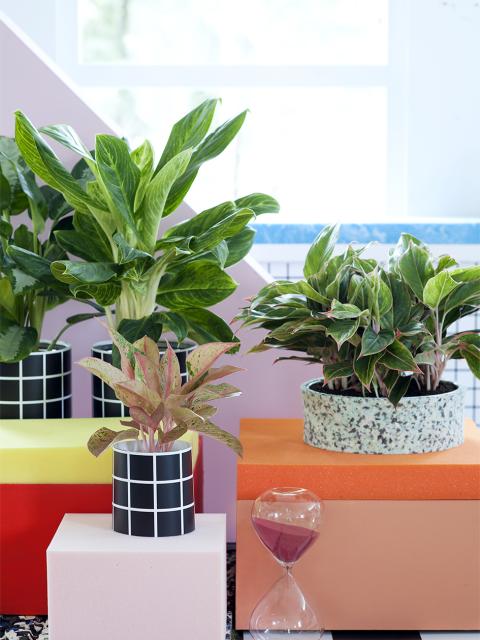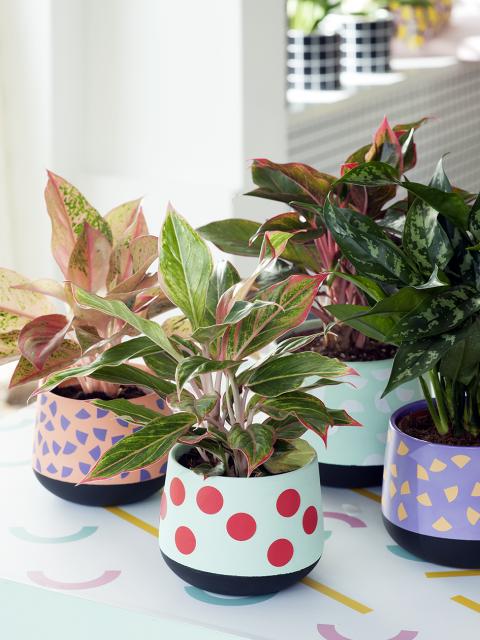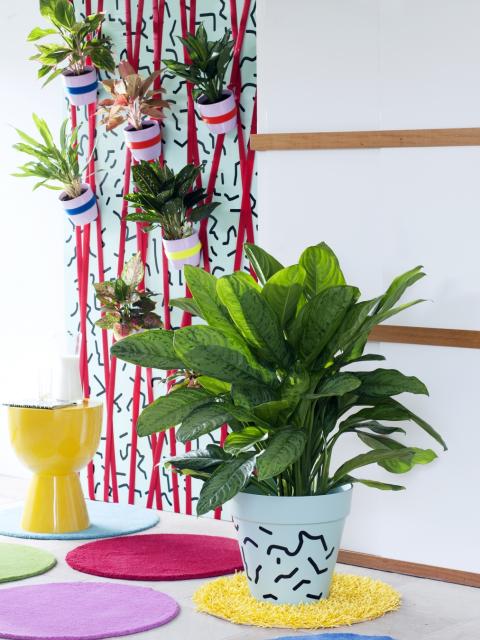According to NASA'S Earth Science Study, plants help cool down our planet. Their leaves cast a shadow over the ground, creating cooler, shady places. On a large scale, their photosynthesising powers cause precipitation, which leads to a decrease in the temperature of earth. Yet even in our houses, when it gets too hot, plants will let excess water evaporate through the leaves. This process of transpiration helps them cool down, taking the heat out of the surrounding air at the same time. Their cooling powers make plants both natural and beautiful air conditioners for your home. Here are 5 of the best houseplants for cool interiors.
1. Ficus benjamina
One of the few trees that can thrive indoors, Ficus benjamina is a weeping fig that comes into its own on sweltering summer days. Its many leaves keep the air around it fresh and cool, making it an excellent plant to return home to after a day outside. Ficus likes the sun, but is also very thirsty, so make sure it has enough water, expecially in the summer months.
Tip: buy a Ficus benjamina with a narrow trunk, so you can place other plants around the bottom. A group of plants, placed together, will then start their own ecosystem and keep the air feeling pleasant.
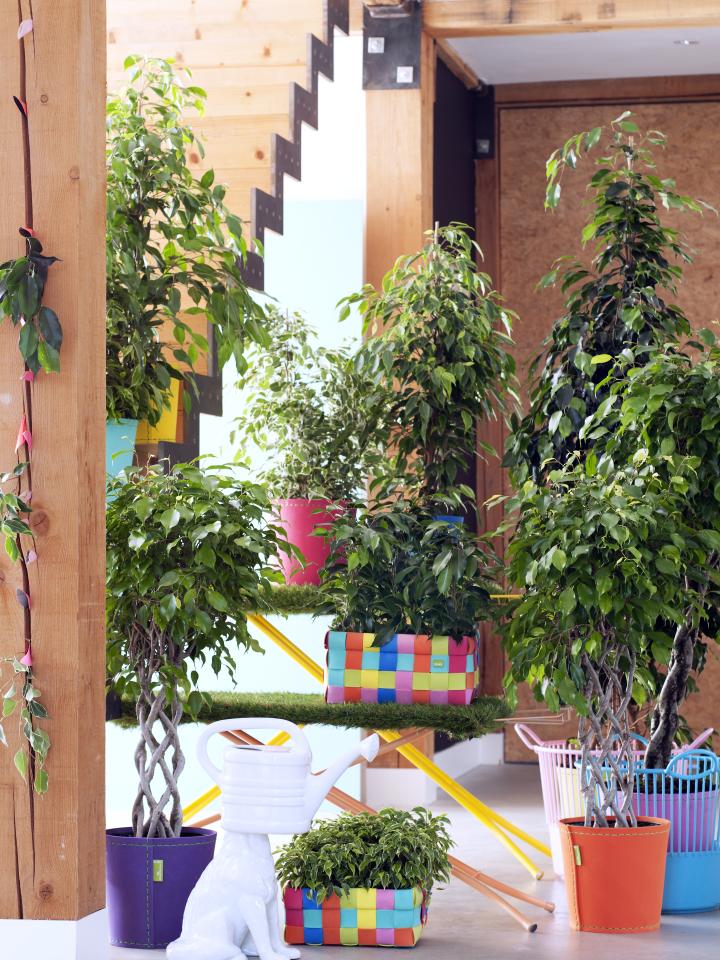
2. Ficus elastica (rubber plant)
The more leaves a plant has, and the larger they are, the more water it will release into the air around it to cool down. All this makes Ficus elastica a welcome guest on hot summer days. Its large, sturdy leaves aren't just beautiful to look at, they also help keep your room feeling fresh. Don't place the ficus elastica in full sun, but in a bright spot with indirect light. Avoid drowning it with water and then drying it out; instead try a little-but-often approach, so the soil stays damp.
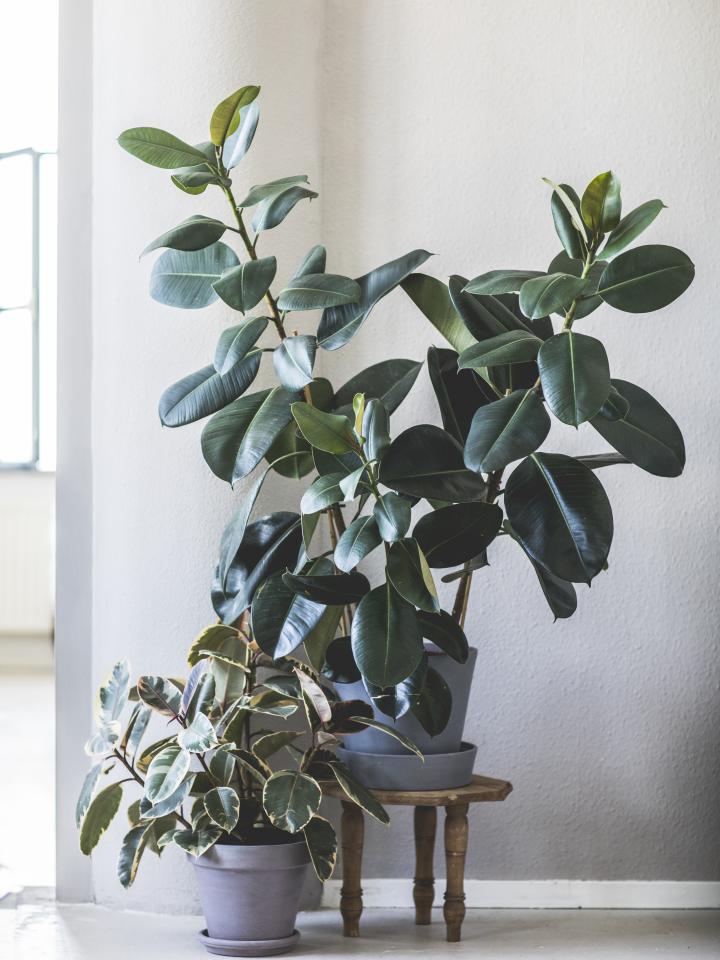
3. Aglaonema
This plant is known for its air purification qualities and high levels of transpiration, when it releases water back into the atmosphere. In addition, aglaonema needs little water and sunlight, making it a perfect low-maintenance plant. It's ideal for anyone who is nervous of their green-fingered capabilities, but still wants an attractive, natural way of cooling down.
Tip: Aglaonema is available in many sizes, shapes and colours. The leaves often have pretty patterns, and several aglaomena together makes an impressive family group.
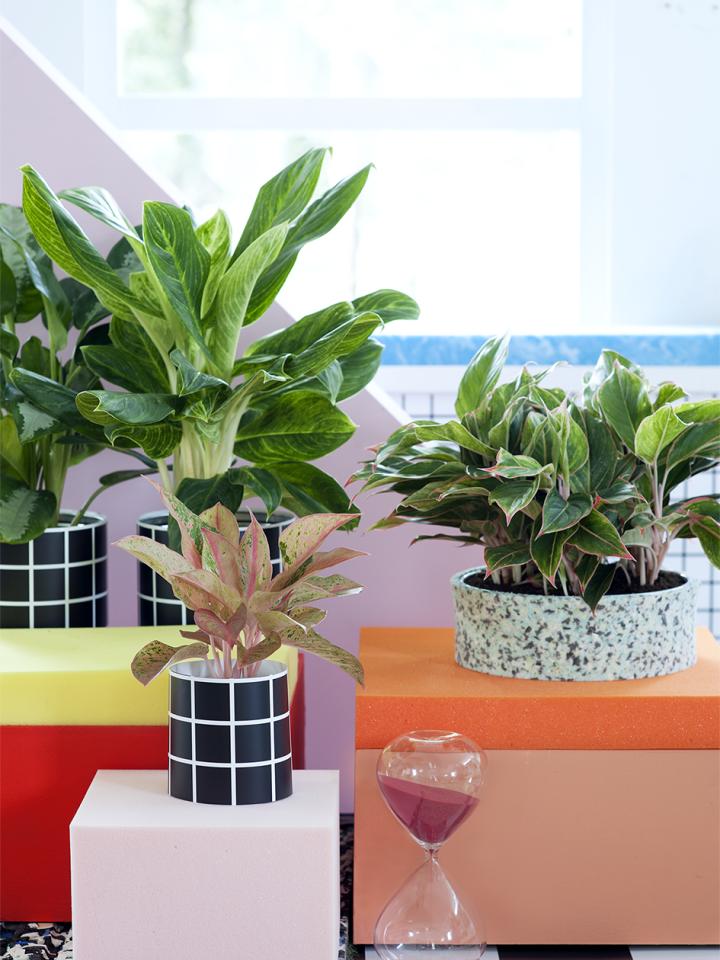
4. Palm
Palms are professionals at absorbing CO2 and emitting oxygen. The larger the leaf, the more oxygen the palm produces. Areca palm, Fern palm, Livistona, Fishtail palm and the Lady palm are all very skilled at their job.
Tip: group a few different palms together. They help keep each other healthy, and will give your home the enjoyable appearance of a tropical rainforest. Keep your palms happy and encourage their cooling powers by misting them once a week.
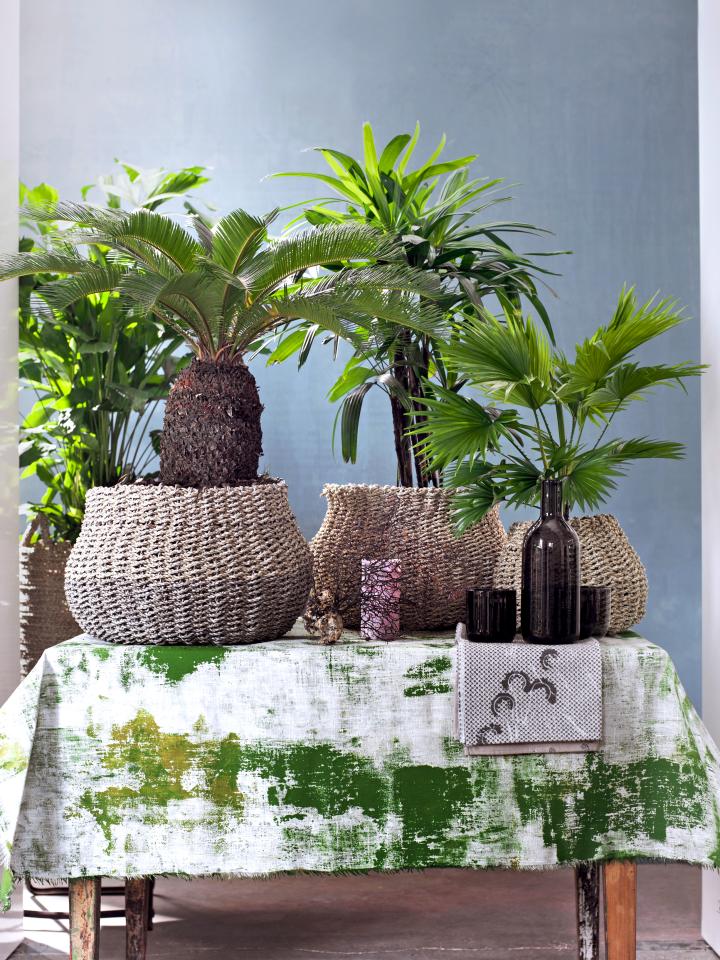
5. Sansevieira
Like the Aloe Vera, the sansevieira or snake plant stores a lot of water in its leaves for times of scarcity. If the temperatures rise rapidly, the plant will let this water evaporate to prevent overheating. The transpiration creates a current of fresh, cool air, which we can all enjoy.
Tip: the snake plant is quite happy in direct sunlight. Place it in the window so its leaves can catch the sun's rays and spread shade indoors.
